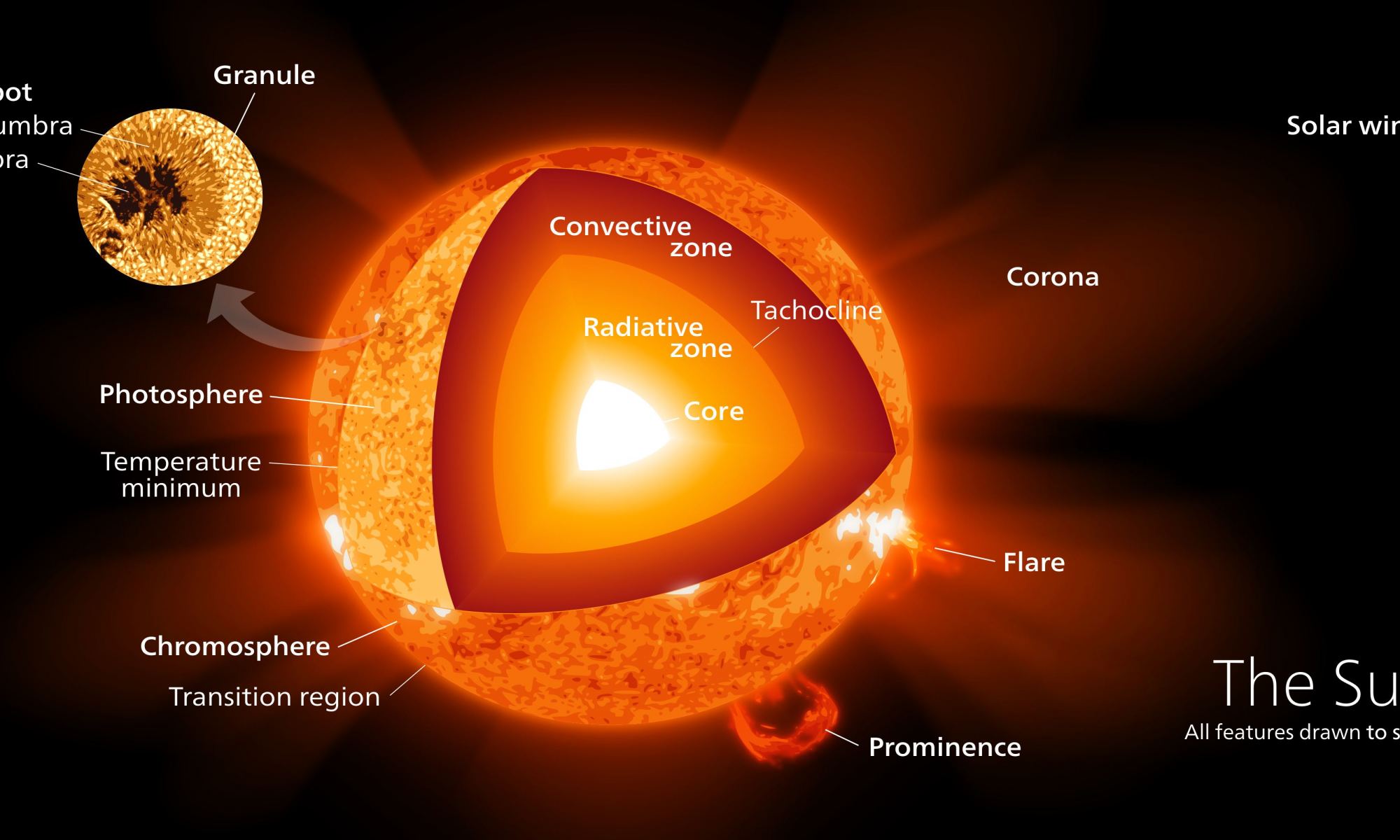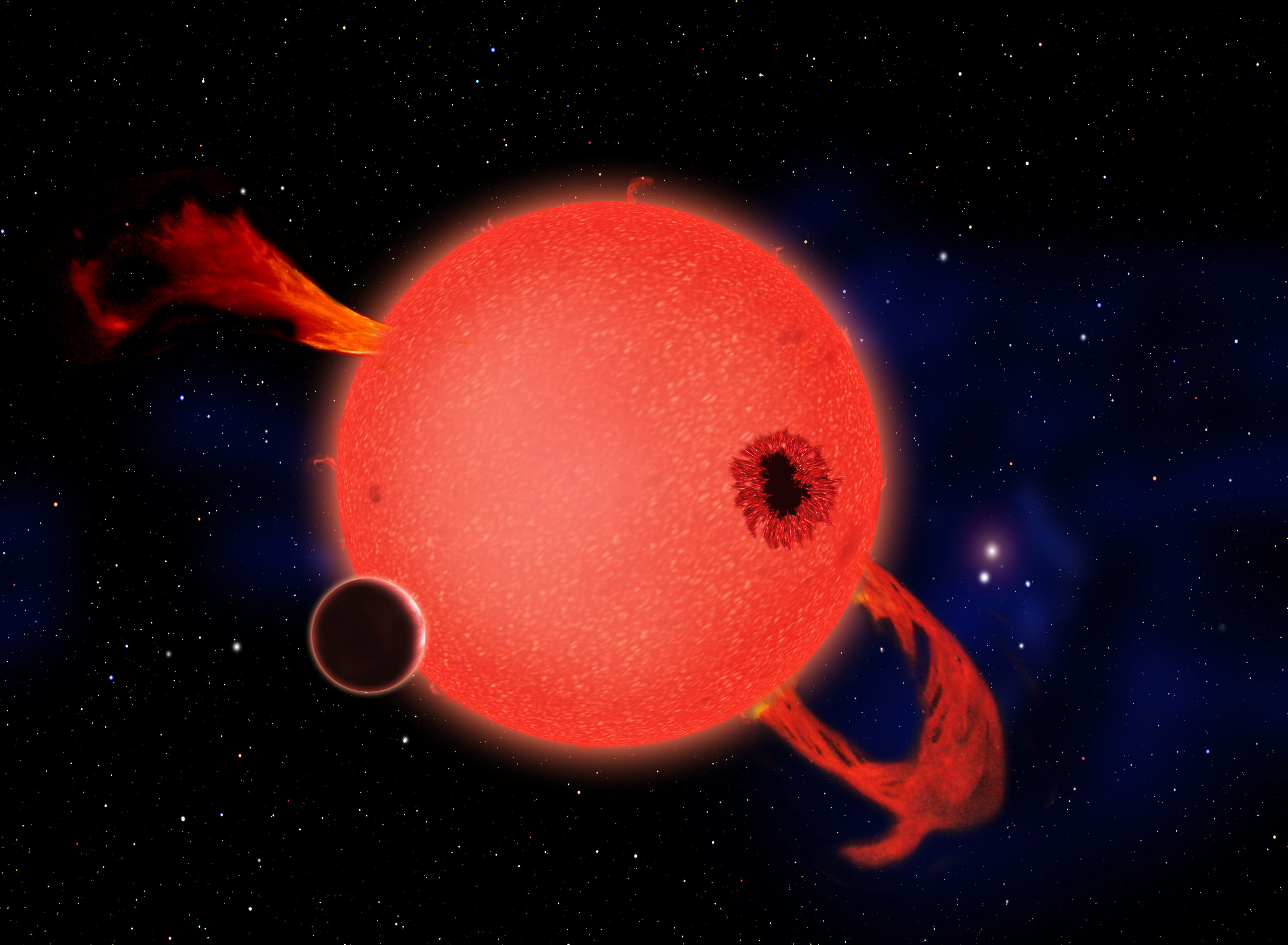Nuclear fusion is at the center of stellar evolution. Most of a star’s life is a battle between gravity and nuclear power. While we understand this process on a broad scale, many of the details still elude us. We can’t dive into a star to see its nuclear furnace, so we rely on complex computer simulations. A recent study has made a big step forward by modeling the entire fusion cycle of a single element.
Continue reading “A New Simulation Reveals One Entire Stage of a Star's Life”Yes! A JWST Image of the Ring Nebula
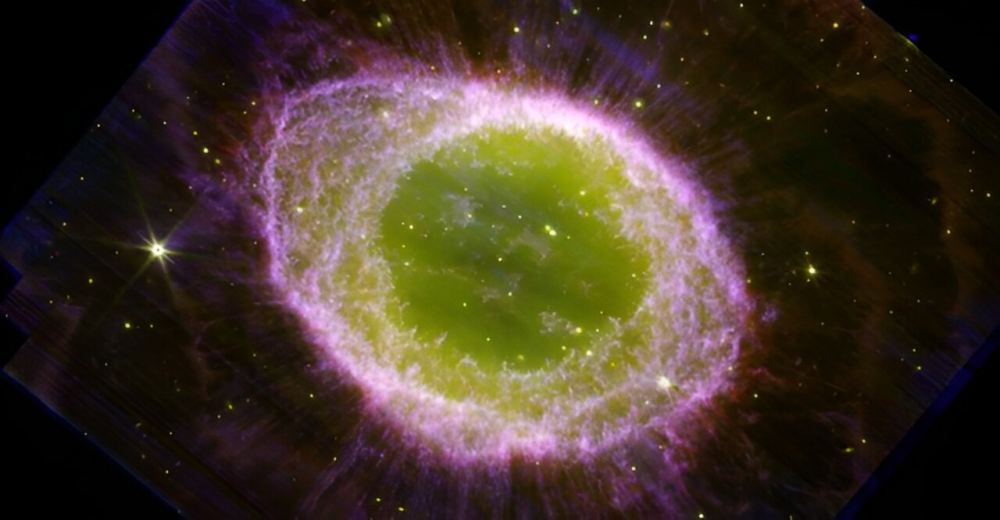
Brace yourselves for great JWST views of the iconic Ring Nebula (M57). An international team of astronomers just released a fantastic near-infrared image of the nebula, showing incredible details.
Continue reading “Yes! A JWST Image of the Ring Nebula”Astronomers are Watching a Planet Get its Atmosphere Blasted Away into Space
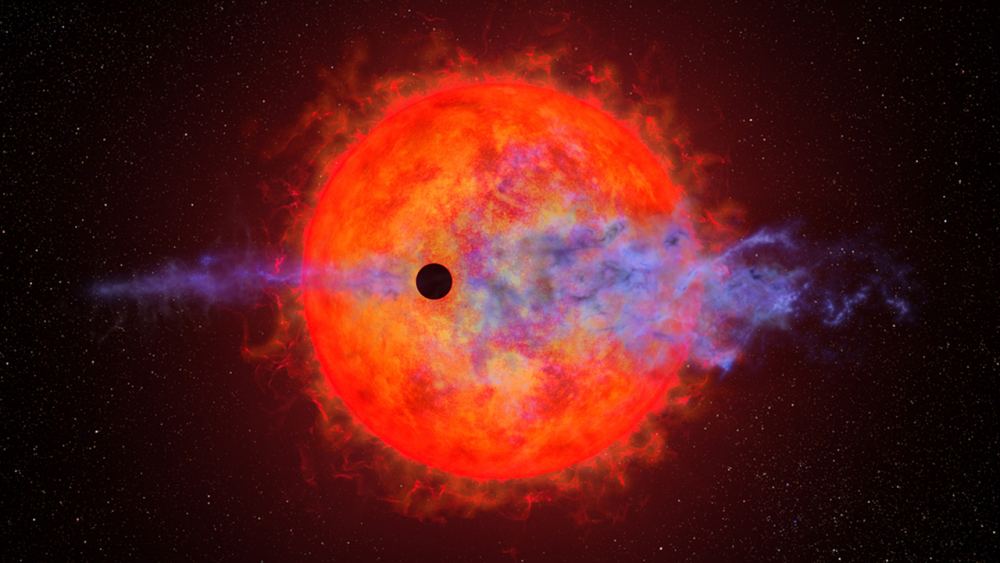
What do you get when a hot young world orbits a wildly unstable young red dwarf? For AU Microsopii b, the answer is: flares from the star tearing away the atmosphere. That catastrophic loss happens in fits and starts, “hiccuping” out its atmosphere at one point and then losing practically none the next.
Continue reading “Astronomers are Watching a Planet Get its Atmosphere Blasted Away into Space”Astronomers Have a New Trick to Work out the Age of Stars
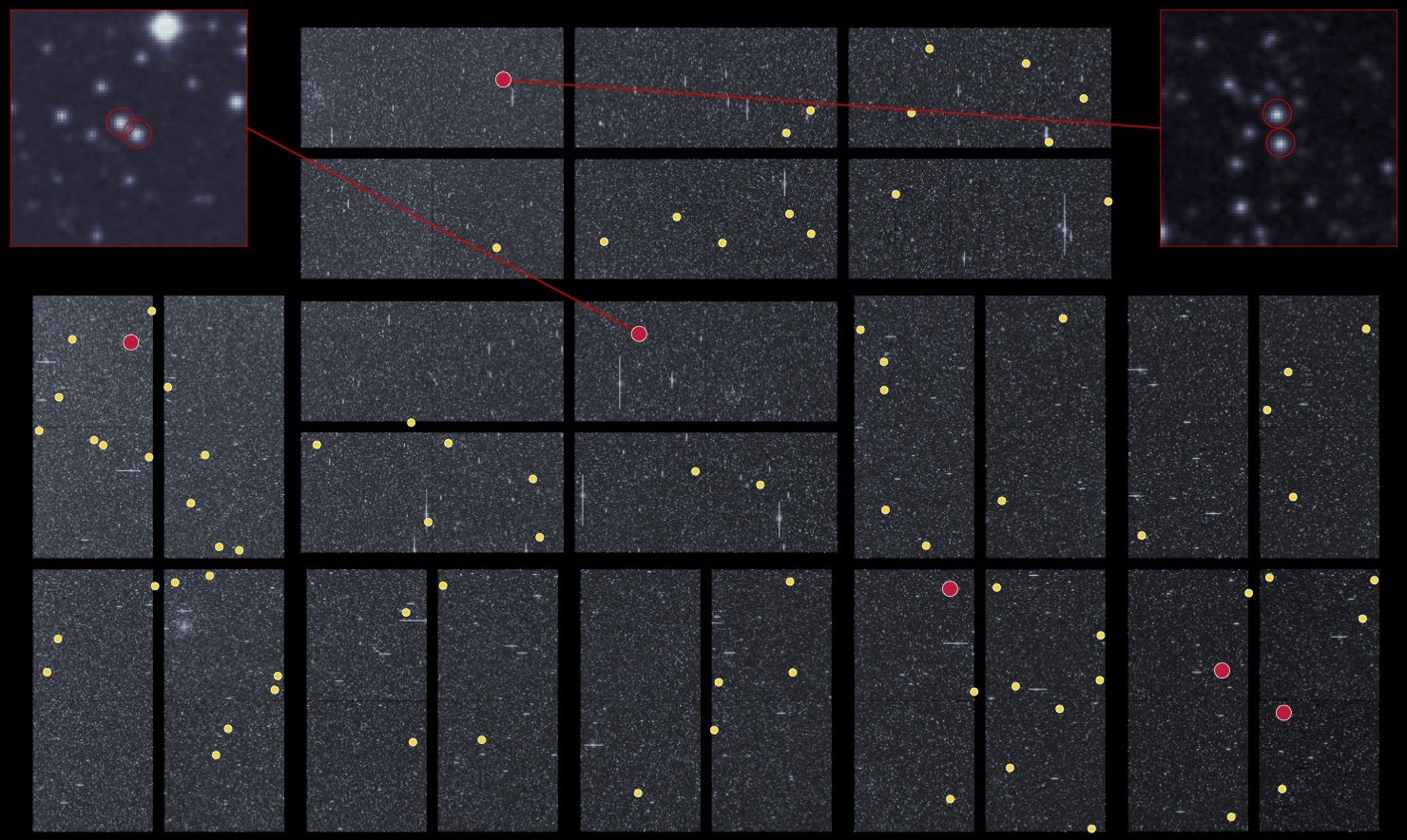
Twinkle, twinkle little star, I wonder just how old you are.
It isn’t an easy question to answer. Stars are notoriously difficult to age. We know the age of the Sun because we happen to live on one of its orbiting rocks, and we know very well how old the rock is. Without that information, things become a bit more fuzzy. But that could change thanks to a new study.
Continue reading “Astronomers Have a New Trick to Work out the Age of Stars”Record-Breaking Magnetar was There in the Data All Along
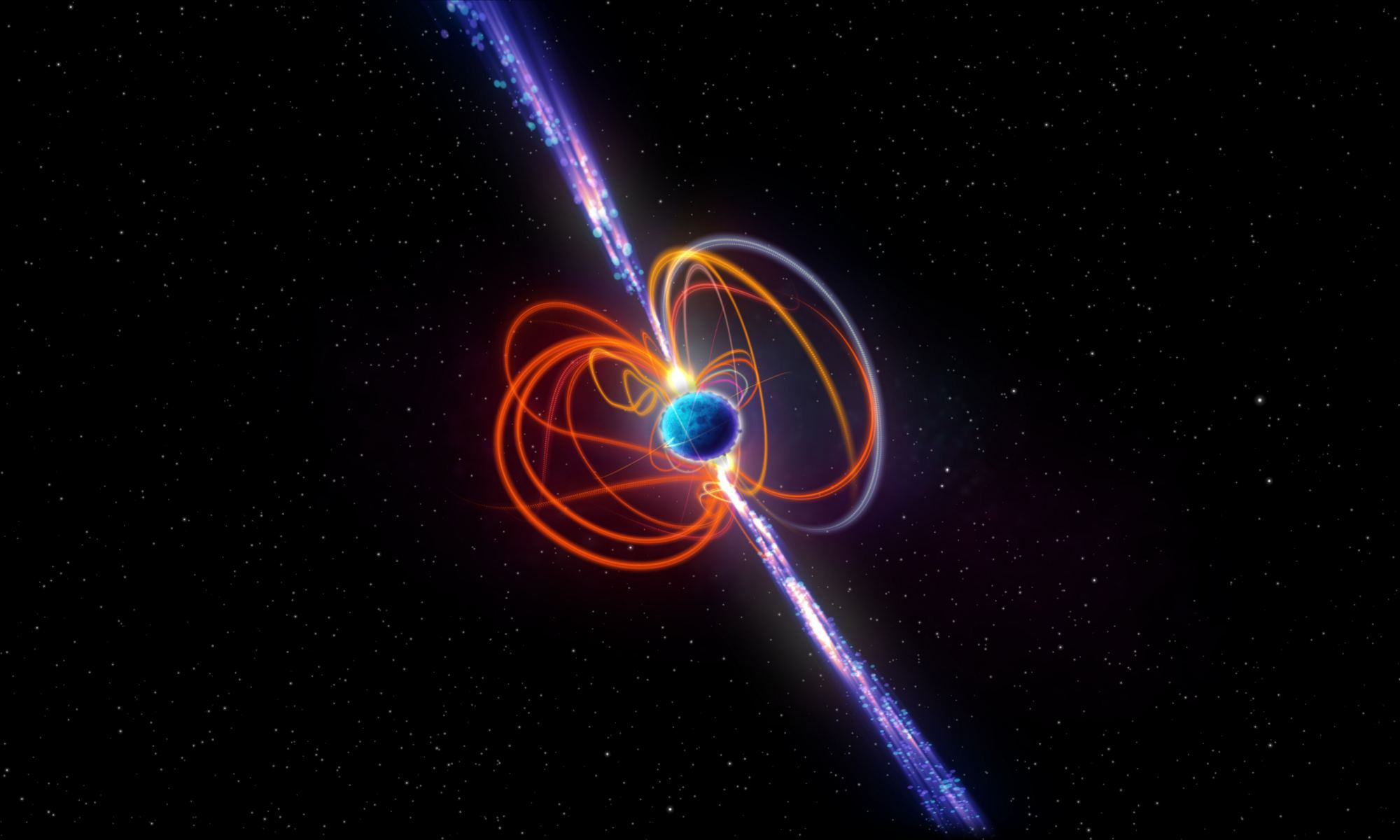
The cosmic zoo has strange beasts that astronomers stumble across in the most fascinating ways. Not long ago a team in Australia found a highly unusual magnetar, one of the weirder denizens of the starry zoo. It’s called GPM J1839-10 and it lies some 15,000 light-years away in the direction of the constellation Scutum.
Continue reading “Record-Breaking Magnetar was There in the Data All Along”A Dying Red Giant Star has Thrown Out Giant Symmetrical Loops of Gas and Dust

The Gemini South telescope has captured a new image of the glowing nebula IC 2220. Nicknamed the Toby Jug Nebula, this object got its name because it looks like an old English jug. But no fun drinking games are happening here.
Continue reading “A Dying Red Giant Star has Thrown Out Giant Symmetrical Loops of Gas and Dust”Supervillains Take Note. Here’s a New Way to Destroy a Star
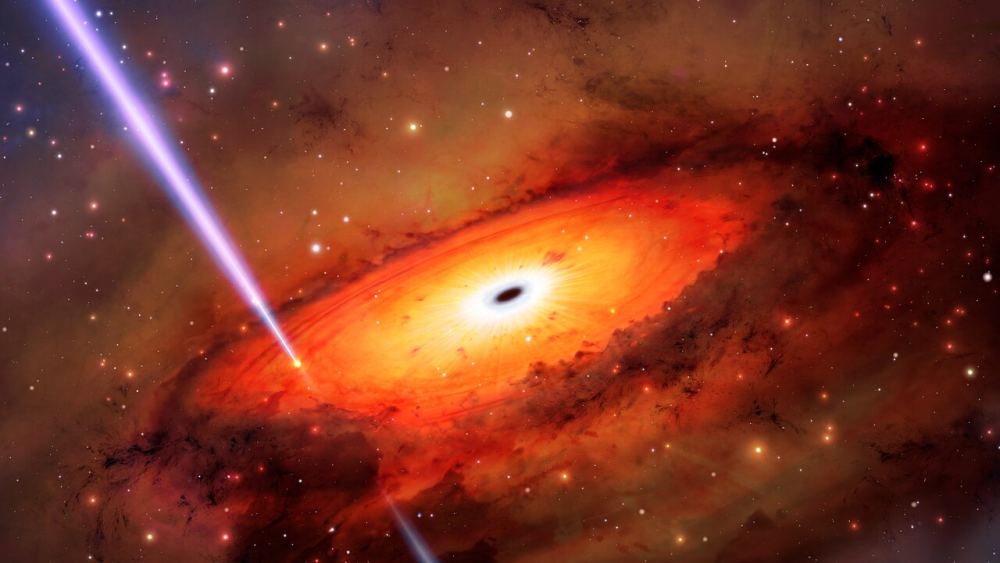
If you’re an evil genius supervillain looking to freak out your enemy with a big messy space kablooie, here’s a novel way to do it. Smack a couple of ancient star remnants together right in front of your nemesis. The result will give you a gratifyingly huge, bright explosion plus a bonus gamma-ray burst visible across the Universe. And, it’ll scare everybody into doing your evil bidding.
Continue reading “Supervillains Take Note. Here’s a New Way to Destroy a Star”Astronomers Find a White Dwarf Pulsar
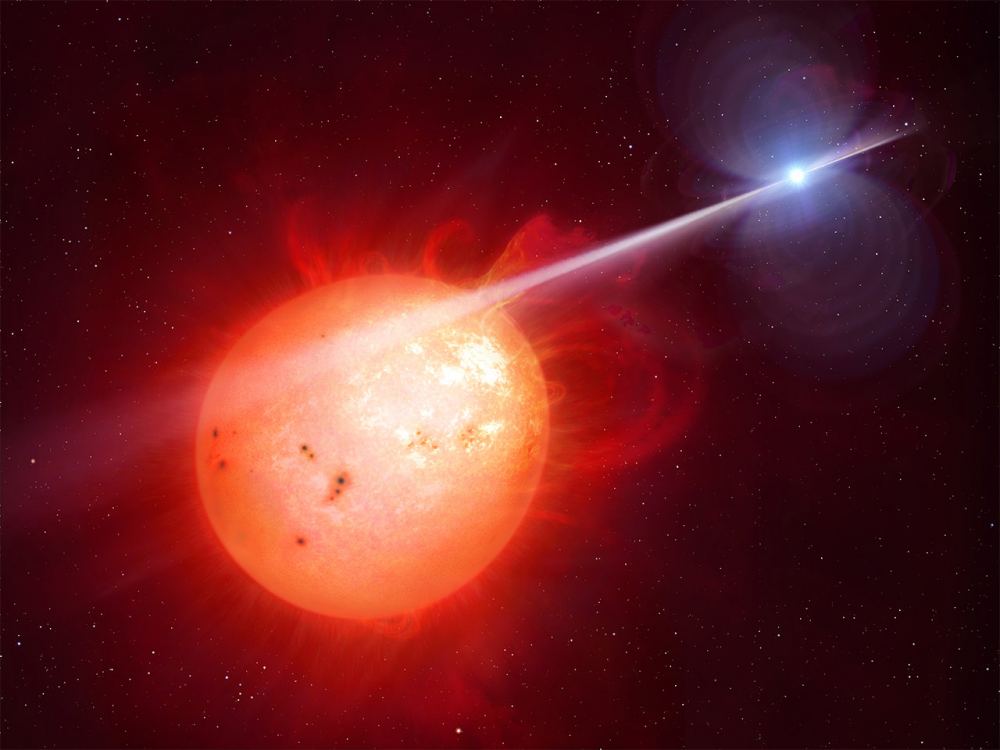
When astronomers talk about the “end states” of stellar evolution, several categories come to mind: black holes, neutron stars/pulsars, and white dwarfs. What happens if one star ends up in two of these states? That’s the case with a genre-breaking white dwarf pulsar called J191213.72-441045.1 (J1912-4410 for short). It’s part of a binary pair that includes a red dwarf star.
Continue reading “Astronomers Find a White Dwarf Pulsar”A White Dwarf is Starting to Crystallize into Diamond
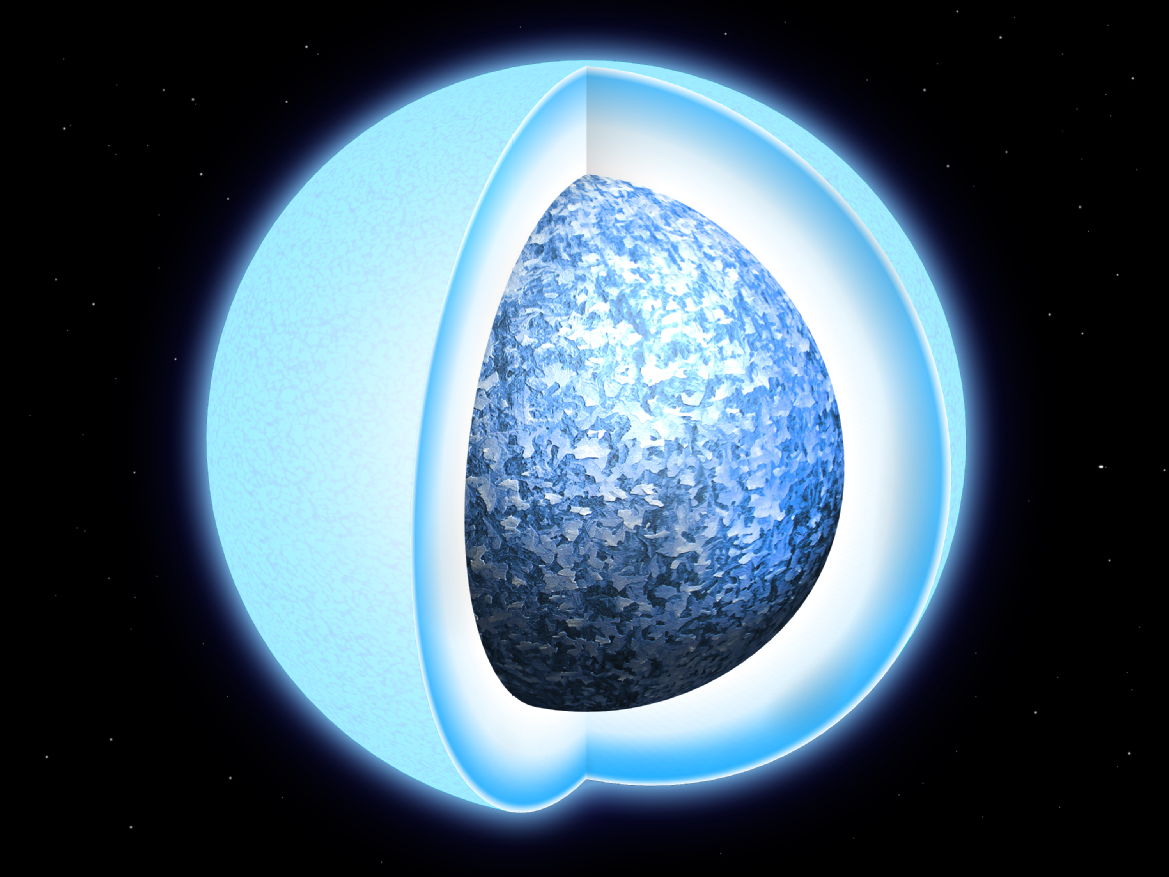
White dwarfs are the stellar remnants of stars like our Sun. They’re strange objects, and astrophysicists think their cores can crystallize into enormous diamonds. But they need to find more of these strange objects, and they need to know their ages, to understand how and when it happens.
Continue reading “A White Dwarf is Starting to Crystallize into Diamond”Astronomers Find a “Red Nova”: A Main-Sequence Star Just Eating its Planet
Back in 2020 astronomers observed a Red Nova, which while enormously powerful, is on the low side of energetic events in the universe. Now an astronomer has studied the event in close detail and has come to the conclusion that we have just witnessed a star destroying its own planet.
Continue reading “Astronomers Find a “Red Nova”: A Main-Sequence Star Just Eating its Planet”
